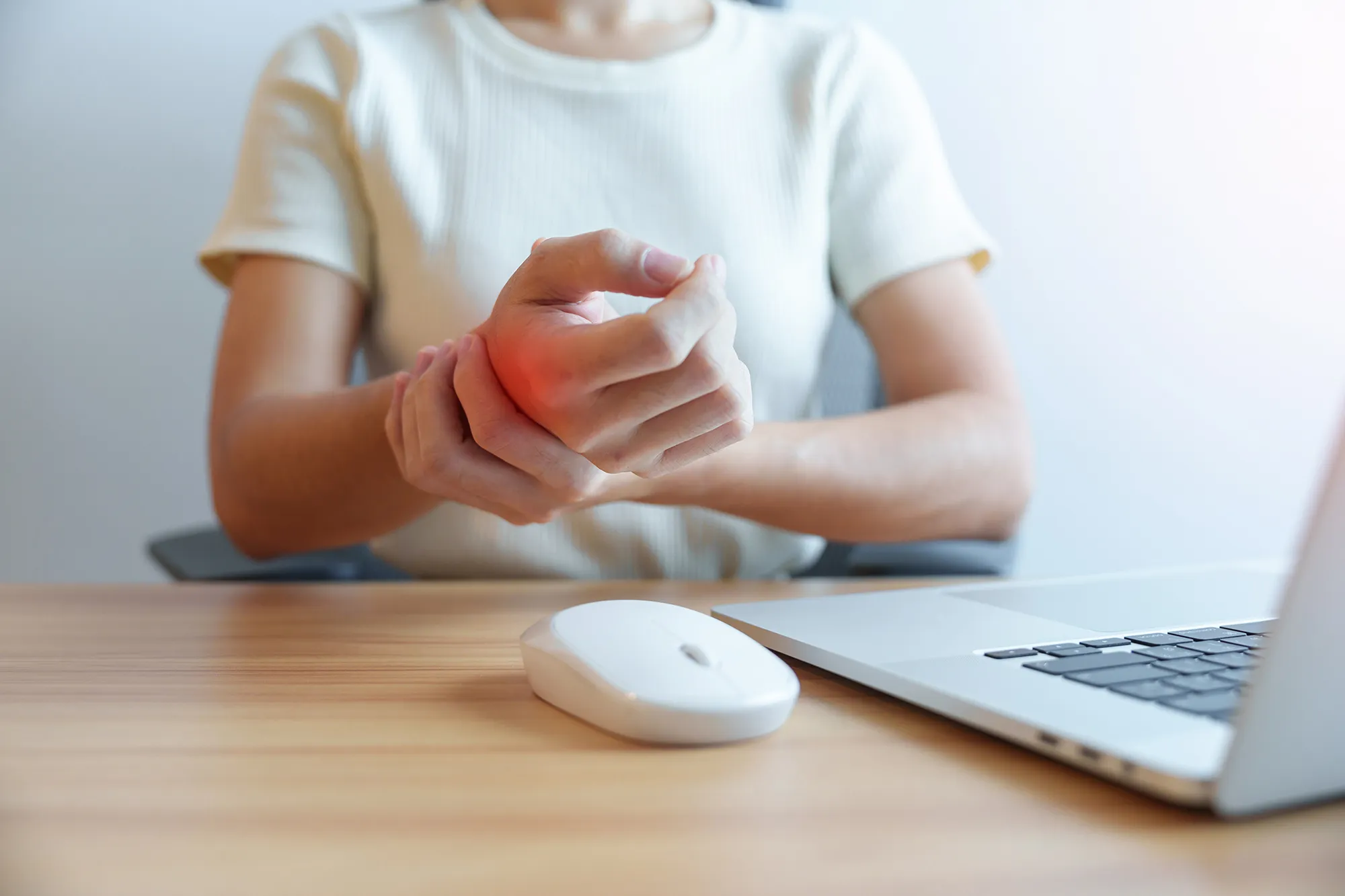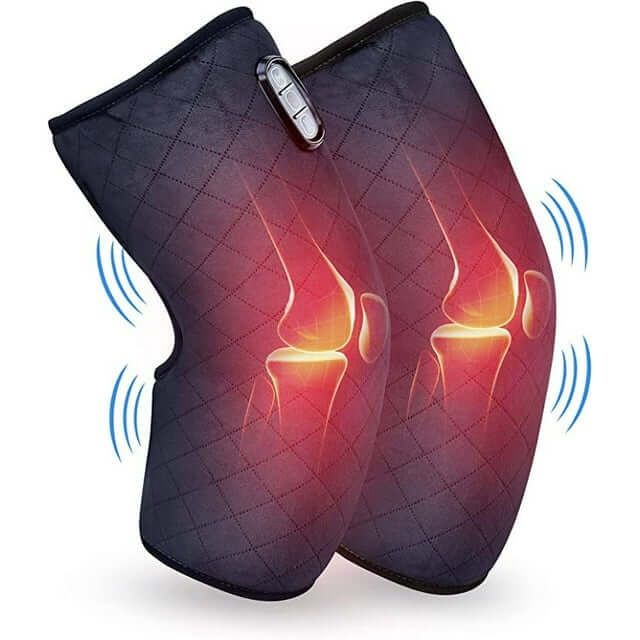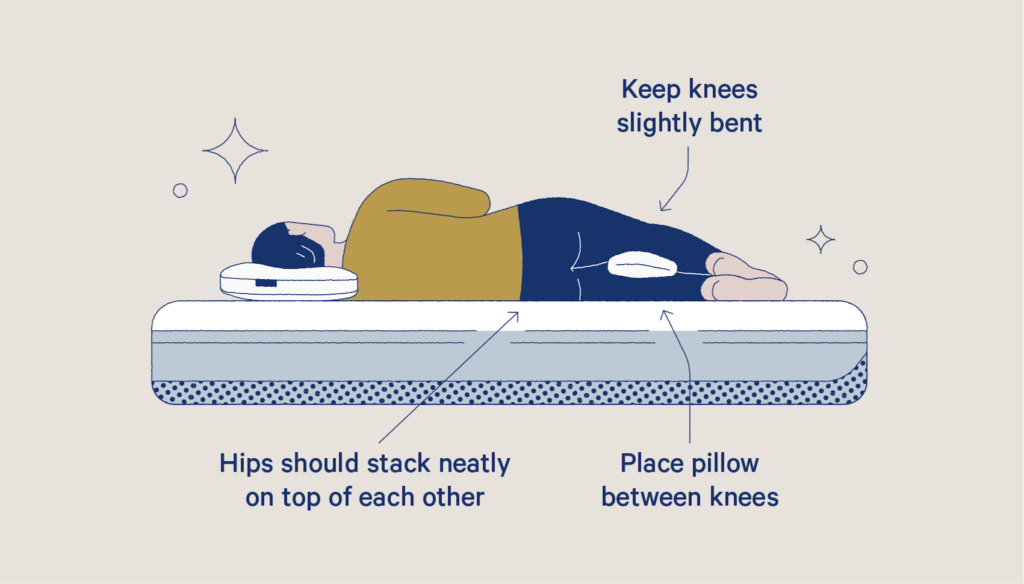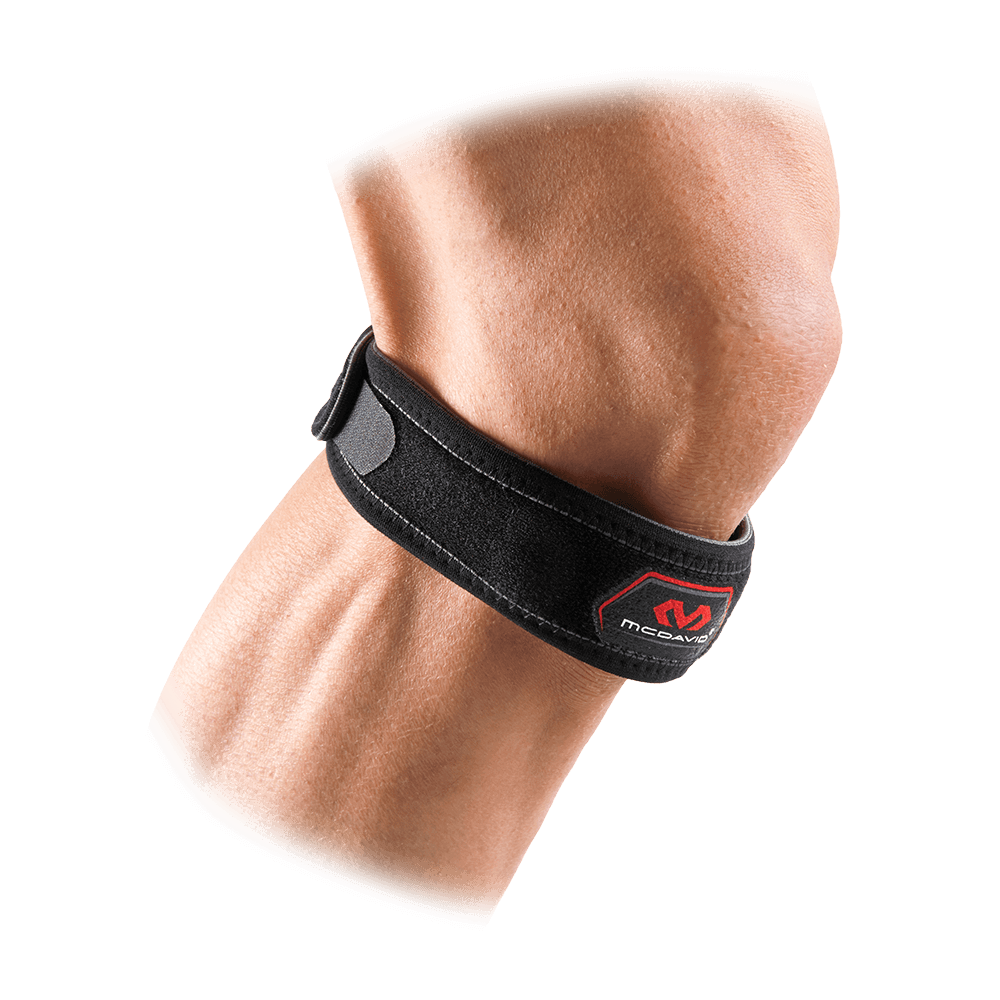As a desk worker, you may spend hours sitting in front of a computer, typing away and barely moving. While this may seem like a harmless routine, it can actually lead to a common and painful condition known as IT band syndrome.

IT band syndrome is a common overuse injury that affects the iliotibial band, a thick band of tissue that runs along the outside of your thigh from your hip to your knee. When this band becomes tight or inflamed, it can cause pain and discomfort in the knee and hip area.
In this article, we will discuss some healthy habits that desk workers can adopt to prevent and relieve IT band syndrome.
What Causes IT Band Syndrome?
Before we dive into the healthy habits, let’s first understand what causes IT band syndrome.
Prolonged Sitting
As mentioned earlier, desk workers are at a higher risk of developing IT band syndrome due to prolonged sitting. When you sit for long periods, your hip flexors and gluteal muscles become tight, which can pull on the IT band and cause it to become inflamed.
Poor Posture

Sitting with poor posture can also contribute to IT band syndrome. When you slouch or hunch over your desk, it can put extra pressure on your hips and knees, leading to tightness and inflammation in the IT band.
Overuse or Repetitive Movements

If your job requires you to perform repetitive movements, such as typing or using a mouse, it can put strain on your IT band and lead to inflammation. This is especially true if you are not taking breaks to stretch and move throughout the day.
Healthy Habits for Desk Workers to Prevent IT Band Syndrome
Now that we know what causes IT band syndrome, let’s explore some healthy habits that desk workers can adopt to prevent it.
Take Frequent Breaks
One of the best ways to prevent IT band syndrome is to take frequent breaks from sitting. Set a timer to remind yourself to get up and move every 30 minutes. This can be as simple as standing up and doing a few stretches or taking a short walk around the office.
Practice Good Posture
Maintaining good posture while sitting is crucial for preventing IT band syndrome. Make sure your feet are flat on the ground, your back is straight, and your shoulders are relaxed. Consider investing in an ergonomic chair or using a standing desk to improve your posture.
Stretch Regularly
Stretching is essential for keeping your IT band loose and preventing tightness and inflammation. Some effective stretches for the IT band include:
- Standing IT band stretch: Stand with your feet shoulder-width apart and cross your right leg behind your left. Lean to the left, keeping your back straight, until you feel a stretch in your right hip. Hold for 30 seconds and then switch sides.
- Foam rolling: Lie on your side with a foam roller under your hip. Roll back and forth along the outside of your thigh, from your hip to your knee. Repeat on the other side.
- Seated figure four stretch: Sit on the edge of your chair and cross your right ankle over your left knee. Gently press down on your right knee until you feel a stretch in your right hip. Hold for 30 seconds and then switch sides.
Strengthen Your Glutes
Weak gluteal muscles can contribute to IT band syndrome, so it’s essential to strengthen them. Some exercises that can help include:
- Clamshells: Lie on your side with your knees bent and feet together. Keeping your feet together, lift your top knee while keeping your hips still. Lower your knee back down and repeat for 10-15 reps. Switch sides and repeat.
- Glute bridges: Lie on your back with your knees bent and feet flat on the ground. Lift your hips off the ground, squeezing your glutes, and hold for a few seconds before lowering back down. Repeat for 10-15 reps.
- Side-lying leg lifts: Lie on your side with your legs straight. Lift your top leg as high as you can without rotating your hips. Lower back down and repeat for 10-15 reps. Switch sides and repeat.
Relieving IT Band Syndrome
If you are already experiencing IT band syndrome, there are some steps you can take to relieve the pain and discomfort.
Rest and Ice
If your IT band is inflamed, it’s essential to rest and avoid activities that aggravate the pain. Applying ice to the affected area can also help reduce inflammation and relieve pain.
Use a Foam Roller
Foam rolling can also be beneficial for relieving IT band syndrome. Roll along the outside of your thigh, from your hip to your knee, to help loosen up the IT band. Be sure to go slowly and avoid putting too much pressure on the roller.
Seek Professional Help
If your IT band syndrome is severe or persistent, it’s best to seek professional help. A physical therapist can provide targeted exercises and stretches to help relieve your symptoms and prevent future flare-ups.
Conclusion
IT band syndrome is a common and painful condition that can affect desk workers. By adopting healthy habits such as taking frequent breaks, practicing good posture, and stretching regularly, you can prevent IT band syndrome and keep your IT band healthy and pain-free. If you are experiencing symptoms, be sure to rest, use a foam roller, and seek professional help if needed. With these tips, you can keep IT band syndrome at bay and stay healthy and productive at your desk job.




